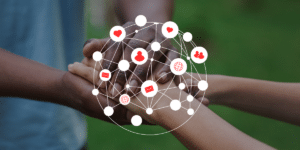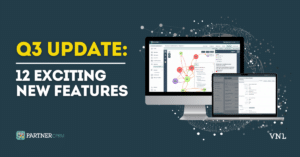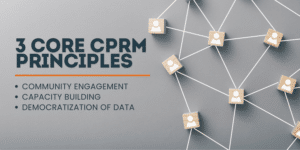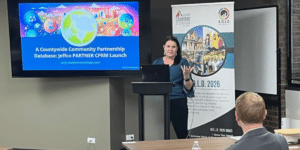Activating a Network in Emergencies & Disasters
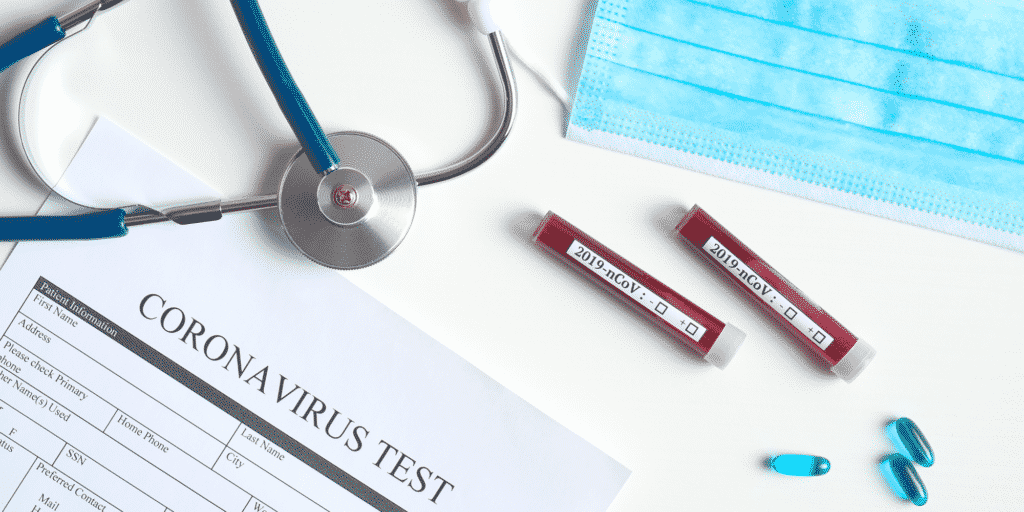
Whether due to weather, disease or errors by man, emergencies create huge obstacles for any community to handle. Having to deal with something carrying unknown and uncertain consequences, such as a new illness, poses its own challenges. Activating a network in emergencies and disasters can help communities mobilize and address these new threats. Public health networks exist for a variety of reasons. Some mobilize communities around the opioid epidemic. Others focus on emergency preparedness, resilience and response. Since there are many public health programs integrated into local communities, there are multiple local and regional networks and partnerships currently in place solving tough population health concerns. When you have a situation like COVID-19 (coronavirus) many international, national, state, regional, and local public health networks have been activated and are ready to act when and if needed to deliver critical services to the populations they serve in their communities.
RELATED READ: CONTRIBUTIONS OF HEALTHCARE COALITIONS TO PREPAREDNESS & RESILIENCE
Networks Need Preparation for Fast Activation.
From our work in emergency preparedness, response and recovery networks we found that community readiness starts with a good network foundation. With valued, trusted partnerships in place prior to a disaster or emergency, networks can easily be activated. This ensures the services needed get to those impacted by the current situation immediately. One of our findings is that many community-based organizations activated in these types of networks not only provided critical public health services, but often it was outside their routine scope of services. Community-based organization partners tend to be more flexible in their scope of services. As a result, they can adapt nimbly based on community needs.
Disaster May Provide Networks Opportunities to Grow.
Local communities come together in times of hardship and rally around providing help and care to those who need it most- family to family; neighbor to neighbor; health care provider to patient; humanitarian organization to family; health department to individual seeking services; first responder to victim; the list can continue on. By rallying together, new partnerships are often formed. Because they were formed during a time of crisis it is quickly realized how much you can value, trust, and lean on those new partners as allies in your work post-disaster/emergency event. This in turn strengths community resiliency over time.
RELATED READ: HOW TO MEASURE TRUST IN A NETWORK OF PARTNERS
Networks Nationwide are Ready to Combat COVID-19.
Currently, our local public health networks are on high alert and ready to tackle the situation head on. While no community wants to be dealing with epidemics such as this one, that is why these networks exist. They exist to give you, the resident of that community, peace of mind. Planning, preparation, and outreach have laid a solid foundation for the network’s members to tackle new emergency events. The network may not have specific experience dealing with this specific illness, but they do have experience working together in the past around multiple public health concerns. As a result, you should be confident that the network foundation will lead them to new solutions to this emergent issue.
Activating a Network in Emergencies & Disasters: Related Resources
Social media companies partnering with health authorities to combat misinformation on coronavirus
The Colorado Emergency Preparedness Partnership (CEPP) Coronavirus & COVID-19 Response
About the Author: Sara Sprong
VP of Strategic Initiatives
Sara helps position VNL and our technology strategically to advance our mission. She was a champion of the roll out and adoption of the PARTNER tool, successfully achieving a customer base in all 50 states and 13 countries. She provides amazing customer service and support while keeping tabs on all the moving parts of the product life cycle. She has deep understanding of the communities who use the products and works tirelessly to coordinate ongoing requests from partners and customers. Sara is an organizational wizard with an expertise in building technology for social impact. Sara is a snowboarder, outdoor enthusiast, and mother to a young growing family.



